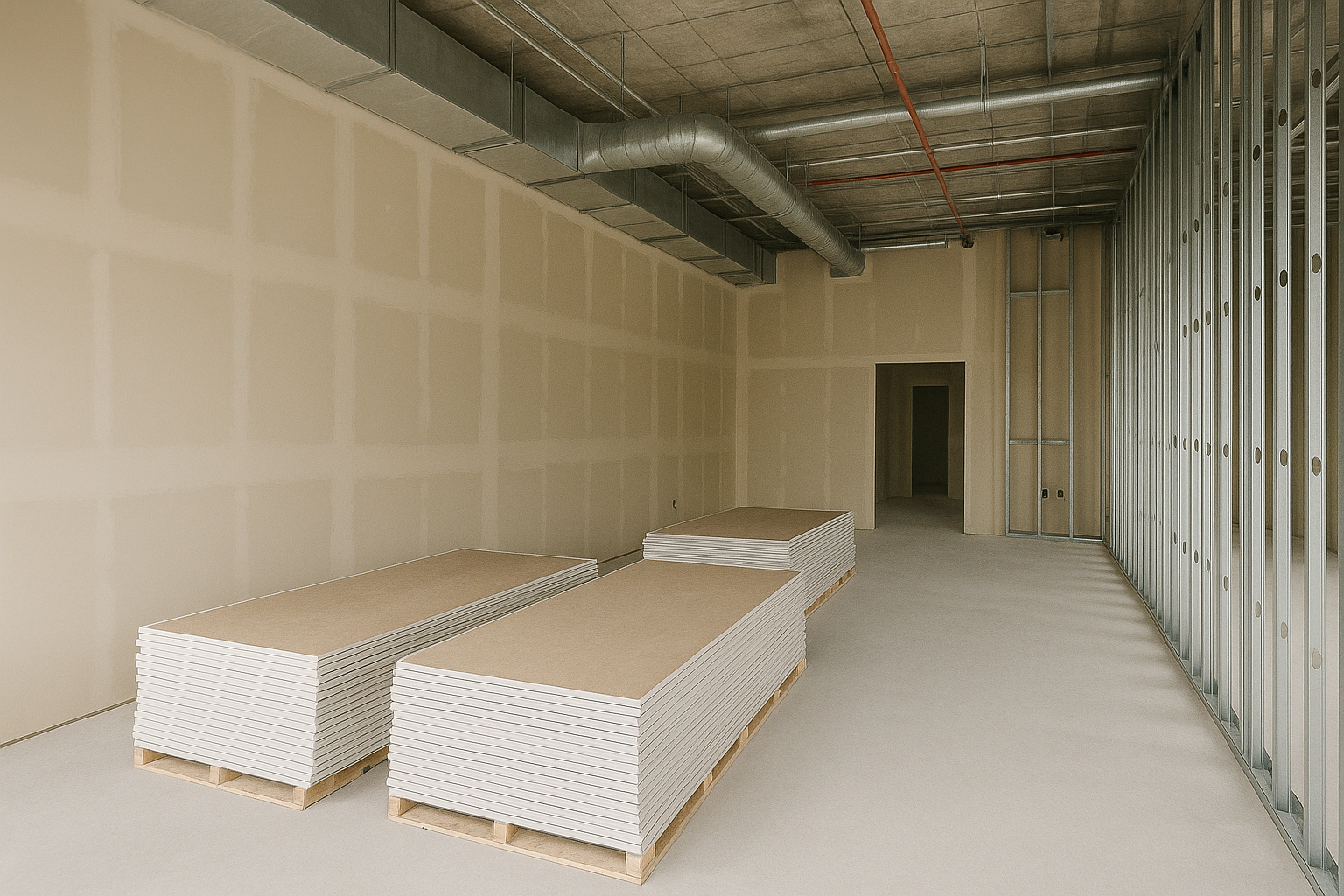
In construction estimation, experience is a valuable asset—but data is what drives consistency and confidence. Relying solely on intuition or generic benchmarks when preparing bids can result in overlooked variables and costly assumptions. This is especially true for drywall estimates, where production rates, labor variables, and cost drivers are often influenced by project-specific conditions. To bid competitively and profitably in today’s market, firms must shift toward a more reliable foundation: historical production data.
Traditional bid strategies often rely on national averages or internal spreadsheets built on anecdotal experience. These methods may provide speed, but they come at the expense of precision. Labor productivity rates can vary significantly based on installation method, crew size, regional labor market, or even building layout. Without referencing real, historical performance, estimators risk using outdated or misaligned benchmarks that result in margin erosion or bid losses.
Historical data represents lessons learned—quantified. By capturing and analyzing data from previous projects, estimators can better anticipate future performance. This means leveraging:
These inputs aren't theoretical—they’re data-backed. When integrated into an estimation workflow, they allow for more realistic cost and schedule projections, resulting in more competitive bids that reflect actual conditions rather than guesswork.
The value of historical data is directly tied to how it is collected and applied. For the data to be useful in drywall estimation, it must be:
When properly managed, this database becomes a dynamic forecasting engine rather than a static reference.
Incorporating historical production rates into new estimates enables a predictive layer. Rather than simply reacting to design changes, estimators can model likely impacts and proactively revise cost plans. For drywall scopes, this could mean adjusting board count based on ceiling height anomalies or labor hours in congested framing zones.
This method is at the core of Active Estimating, which transforms past project data into a structured knowledge base that feeds into every new bid. Instead of reinventing the wheel with each takeoff, estimators draw from verified data, increasing both confidence and win rates.
As project delivery models evolve—especially in design-build or Target Value Delivery—this agility is no longer optional. It’s a competitive advantage.
Drywall scopes often present hidden complexities: irregular partitions, shaft walls, moisture-resistant board specs, or schedule stacking with MEP trades. Without data-backed forecasting, even experienced estimators may miscalculate. That’s why platforms built for drywall estimating, like this drywall estimating software, incorporate historical data as an integral part of the bidding process—not an afterthought.
In today’s construction environment, accurate bids require more than intuition. They require insights grounded in verified outcomes. By harnessing historical production data, drywall estimators can deliver proposals that are not only competitive—but credible. From win strategy to project execution, leveraging the past is the smartest way to forecast the future.
Contact Information:
Active Estimating
508 2nd Street, Suite 208
Davis
California
95616
Rich Schoener
richard@activeestimating.com
(877)
Schedule a personalized demo to see how Active Estimating can work for your specific needs.
